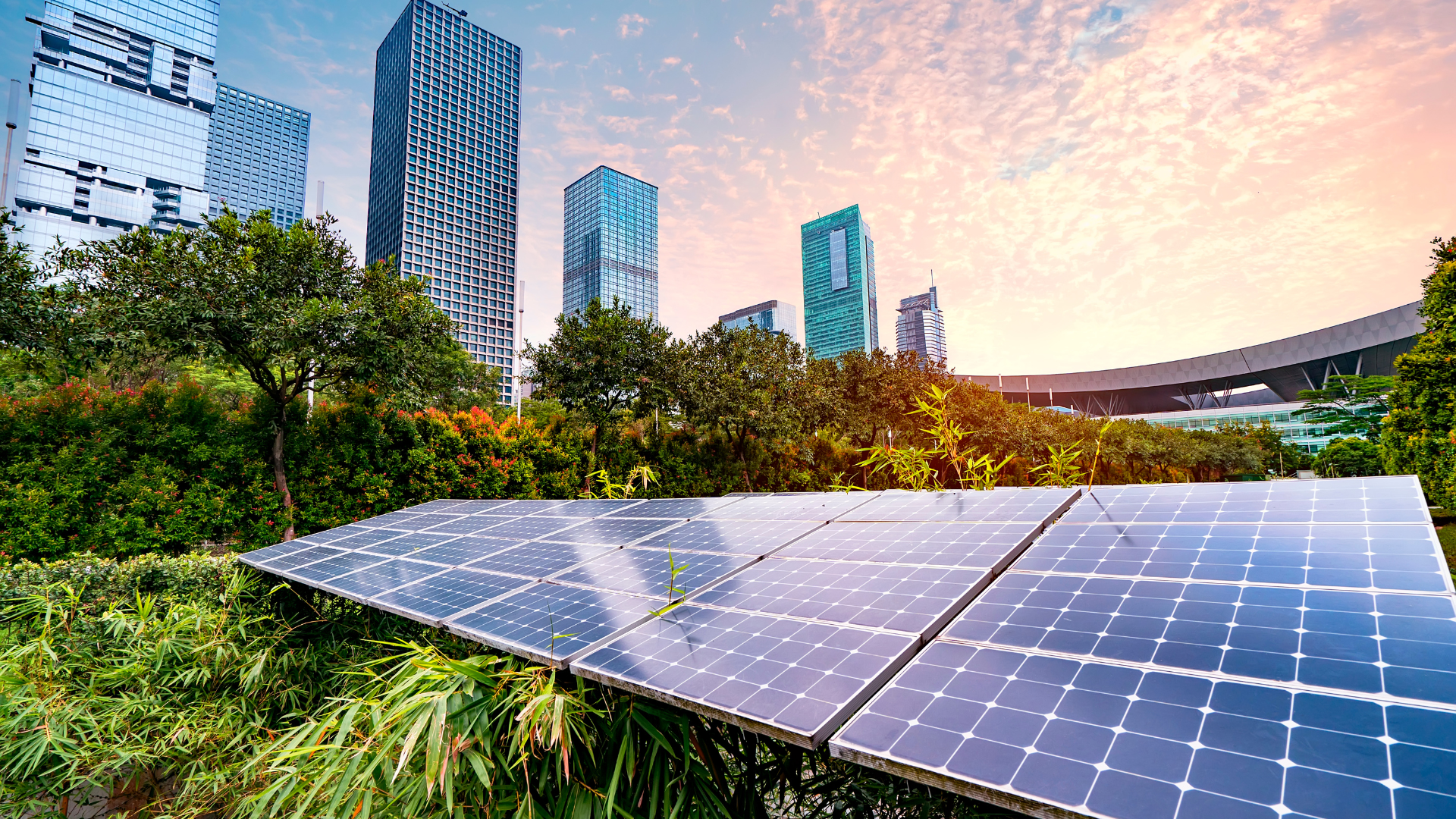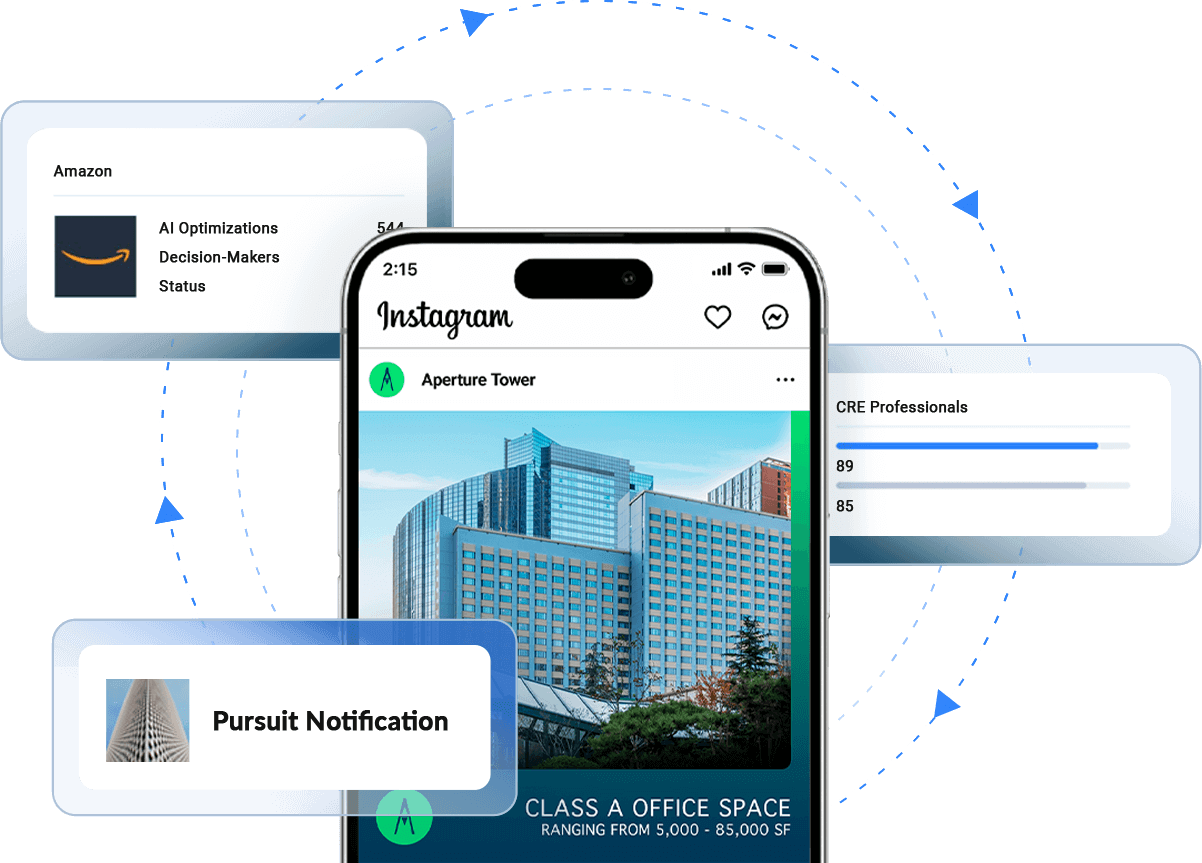In recent years, sustainability has emerged as a critical factor shaping the future of urban landscapes, particularly in commercial real estate (CRE). From reducing carbon footprints to enhancing energy efficiency, integrating sustainable practices benefits the environment while providing long-term economic advantages for property owners, investors, and brokers. Exploring the evolving sustainability landscape in CRE, this article delves into innovative strategies and emerging trends reshaping the industry.
The Rise of Sustainable CRE
With growing environmental concerns and stricter regulations, sustainability has become a central focus in the CRE sector. Developers, investors, and tenants increasingly prioritize green building practices and eco-friendly initiatives. Certifications like LEED (Leadership in Energy and Environmental Design) and ENERGY STAR have gained prominence, signaling a strong commitment to sustainability.
Innovative Strategies
Sustainability in CRE encompasses a variety of strategies to reduce environmental impact and enhance operational efficiency. Energy-efficient design incorporates advanced building materials, passive design strategies, and renewable energy sources to minimize energy consumption and carbon emissions. These efforts can lead to energy savings of 20%–50% and reduce operating costs by up to 30% compared to conventional buildings. Waste management strategies, including recycling programs, composting initiatives, and waste reduction techniques, further minimize landfill waste, promote resource recovery, and lower costs. Indoor environmental quality (IEQ) strategies focus on improving air quality, optimizing natural lighting, and using low-emission materials to create healthier and more productive workspaces. Additionally, sustainable transportation solutions, such as bike storage, electric vehicle charging stations, and public transit promotion, help reduce carbon emissions and congestion, fostering eco-friendly commuting habits.
Emerging Trends
Beyond traditional green building practices, several emerging trends are shaping the future of sustainable CRE. Net-zero energy buildings are designed to generate as much renewable energy as they consume, achieving energy independence and a neutral carbon footprint through advanced technologies. Smart building technology, which leverages IoT and data analytics, optimizes building performance, improves energy efficiency, and enhances occupant comfort through real-time monitoring and control systems. Resilient design focuses on fortifying buildings and infrastructure against climate change impacts by employing innovative materials and adaptive strategies. Similarly, the circular economy promotes resource efficiency and waste reduction throughout a material’s lifecycle, fostering a regenerative approach to construction and infrastructure projects.
The Role of RealtyAds
Through RealtyAds’ innovative platform, CRE professionals can showcase sustainable property features to environmentally conscious audiences, highlighting the unique value of their buildings. By empowering clients with the tools and insights needed to promote sustainability effectively, RealtyAds supports industry change while driving meaningful engagement with eco-conscious stakeholders.
The Business Case for Sustainability
Sustainability in CRE offers a compelling business case beyond its environmental benefits. Studies show that green buildings command higher rents, experience lower vacancy rates, and achieve greater asset values than conventional properties. Additionally, reduced operating costs result in significant long-term expense savings, further enhancing profitability for property owners and investors.
Conclusion
As demand for sustainable and environmentally responsible real estate continues to grow, the importance of sustainability in CRE has never been greater. By embracing innovative strategies, adopting emerging trends, and recognizing the value of sustainability, the CRE industry can create healthier, more resilient, and more profitable markets.
RealtyAds is helping commercial real estate find, advance, and close more deals by engaging decision-makers and their representation on the world’s most effective customer acquisition channels. For more information, visit RealtyAds.com and follow RealtyAds on LinkedIn, Facebook, and Instagram.

